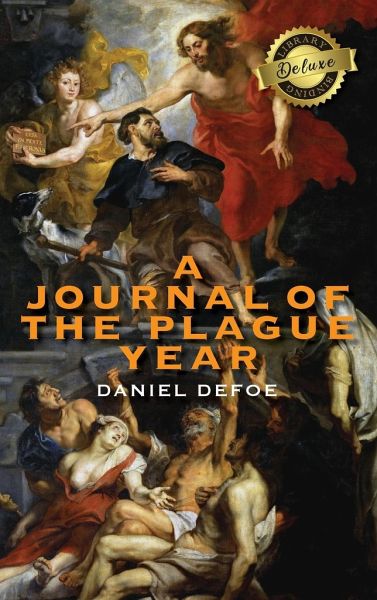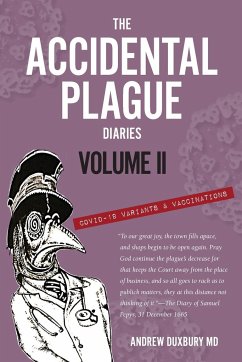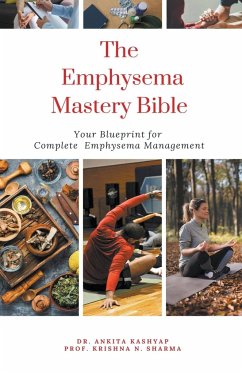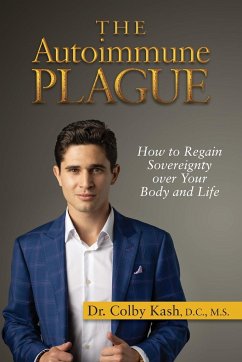
A Journal of the Plague Year (Deluxe Library Edition)
Versandkostenfrei!
Versandfertig in 1-2 Wochen
30,99 €
inkl. MwSt.

PAYBACK Punkte
15 °P sammeln!
A Journal of the Plague Year is an account of one man's experiences of the year 1665 when the bubonic plague struck the city of London. It is presented as an eyewitness account of the events at the time, told in somewhat chronological order. Defoe goes to great pains to achieve an effect of verisimilitude, identifying specific neighborhoods, streets, and even houses in which events took place. He presents tables of casualty figures and discusses the credibility of various accounts and anecdotes received by the narrator. Defoe was only five years old in 1665 when the Great Plague took place. Th...
A Journal of the Plague Year is an account of one man's experiences of the year 1665 when the bubonic plague struck the city of London. It is presented as an eyewitness account of the events at the time, told in somewhat chronological order. Defoe goes to great pains to achieve an effect of verisimilitude, identifying specific neighborhoods, streets, and even houses in which events took place. He presents tables of casualty figures and discusses the credibility of various accounts and anecdotes received by the narrator. Defoe was only five years old in 1665 when the Great Plague took place. The book was published under the initials H. F. and is likely based on the journals of Defoe's uncle, Henry Foe. Like the narrator of the book, Henry Foe was a saddler who lived in the Whitechapel district of East London. The book is often compared to the actual, contemporary accounts of the plague in the diary of Samuel Pepys. Defoe's account, which appears to include much research, is far more systematic and detailed than Pepys's first-person account.













